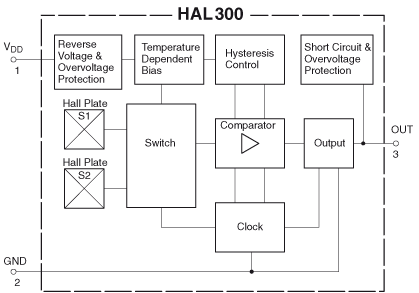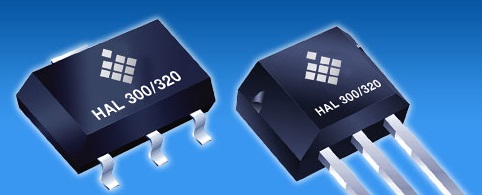- Home
- Braemac Blog
- Micronas Hall-Effect Sensors for Industrial Applications (Part 7)
Micronas Hall-Effect Sensors for Industrial Applications (Part 7)
About Symmetry Electronics
Established in 1998, Symmetry Electronics, a Division of Braemac, is a global distributor of electronic components and systems. Combining premier components and comprehensive value-added services with an expert in-house engineering team, Symmetry supports engineers in the design, development, and deployment of a broad range of connected technologies.
Exponential Technology Group Member
Acquired by Berkshire Hathaway company TTI, Inc. in 2017, Symmetry Electronics is a proud Exponential Technology Group (XTG) member. A collection of specialty semiconductor distributors and engineering design firms, XTG stands alongside industry leaders TTI Inc., Mouser Electronics, and Sager Electronics. Together, we provide a united global supply chain solution with the shared mission of simplifying engineering, offering affordable technologies, and assisting engineers in accelerating time to market. For more information about XTG, visit www.xponentialgroup.com.
Micronas HAL320UA-A
Differential Hall-Effect Sensor ICs
Package: TO92UA leaded
Ordering Code: HAL 320UA-A
Interface: 3-Wire
Switching Behavior: Differential, High Sensitivity
Temp. Range: -40°C to +170°C
Switching Points [mT] at 25°C: BON 1.2 - BOFF -1.0
Micronas offers the world’s broadest range of Hall-effect sensors, which are increasingly being utilized in a variety of industrial applications, including factory and process automation; building, home, and office automation; medical applications; mobility and robotics controllers; agriculture and heavy machinery; garden and power tools; and household items such as washing machines, tumble dryers, induction cookers, and heating and cooling (HVAC) systems.
The HAL 320 is a Hall switch produced in CMOS technology. The sensor includes two temperature-compensated Hall plates with active offset compensation, a differential amplifier with a Schmitt trigger, and an open- drain output transistor. The active offset compensation leads to constant magnetic characteristics over supply voltage and temperature.
These differential sensors respond to spatial differences of the magnetic field. The Hall voltages at the two Hall plates, S1 and S2, are amplified with a differential amplifier. The differential signal is compared with the actual switching level of the internal Schmitt trigger. Accordingly, the output transistor is switched on or off. The differential signal can be derived via a magnet on the back side of the package generating a back-bias field at both Hall plates.
The sensors are designed for industrial applications and operate with supply voltages from 4 .5 to 24 V in the junction temperature range –40 °C up to 170 °C .
 Block Diagram – System Architecture
Block Diagram – System ArchitectureFeatures
- Distance between Hall plates: 2.05 mm
- Operates from 4.5 V to 24 V supply voltage
- Switching offset compensation at 62 kHz
- Overvoltage protection
- Reverse-voltage protection at VDD-pin
- Short-circuit protected open-drain output by thermal shutdown
- Operates with magnetic fields from DC to 10 kHz
- Output turns low with magnetic south pole on branded side of package and with a higher magnetic flux density in sensitive area S1 as in S2
- On-chip temperature compensation circuitry minimizes shifts of the magnetic parameters over temperature and supply voltage range
- The decrease of magnetic flux density caused by rising temperature in the sensor system is compensated by a built-in negative temperature coefficient of hysteresis
- EMC corresponding to ISO 7637

Symmetry Electronics is an authorized Micronas distributor.
